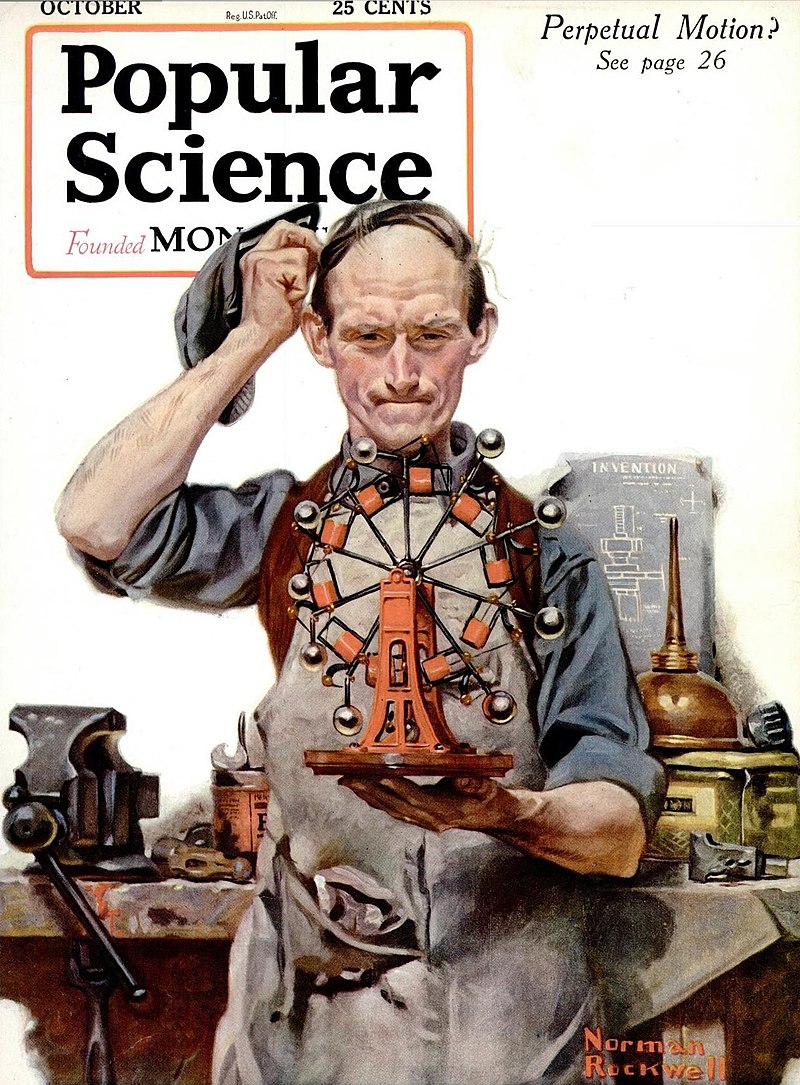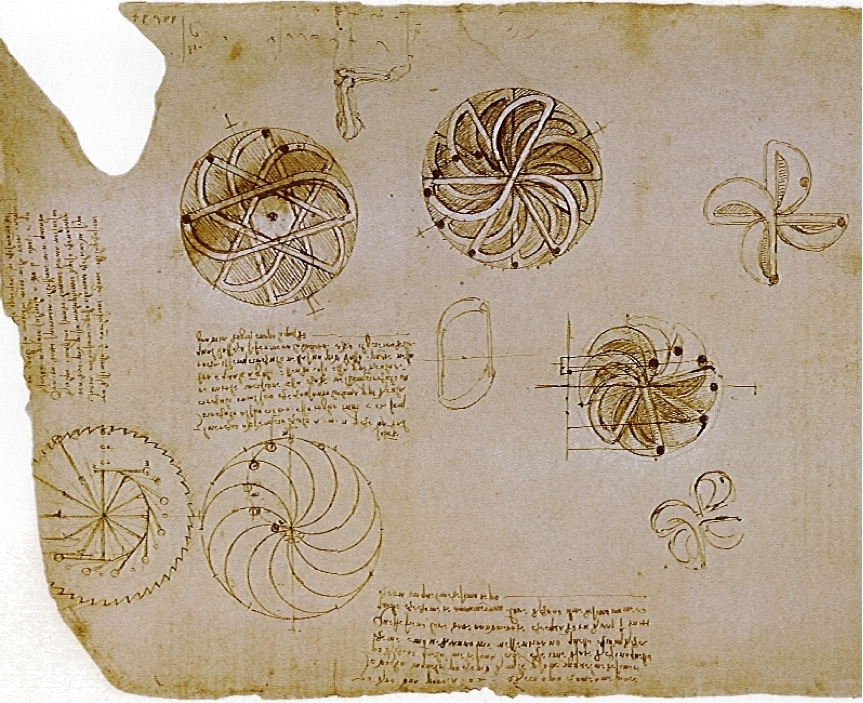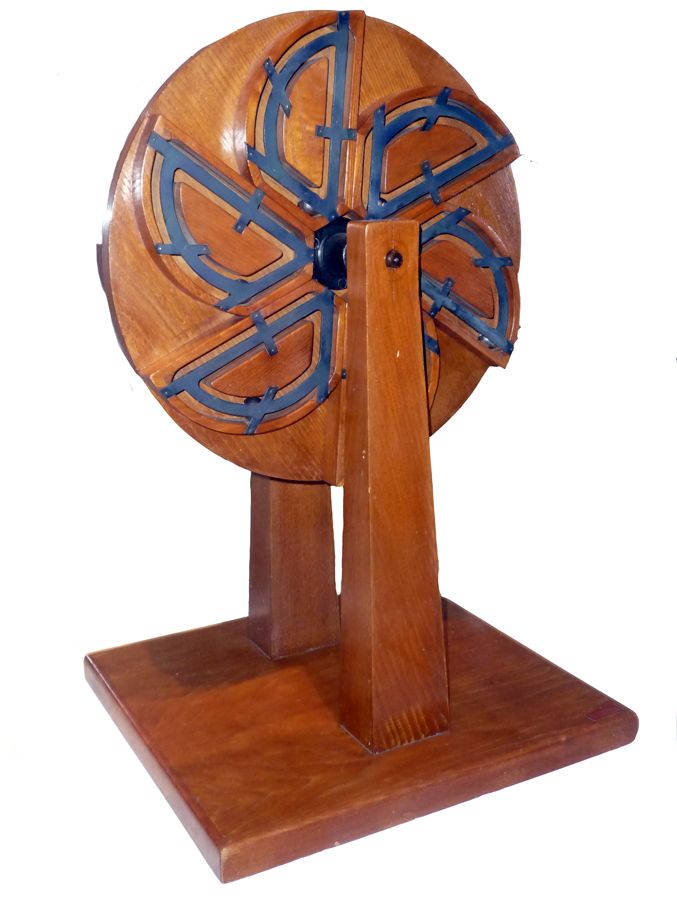MECHANISMS
Basic Definition (From Wikipedia)
In engineering, a mechanism is a device that transforms input forces and movement into a desired set of output forces and movement. Mechanisms generally consist of moving components that can include:
- Gears and gear trains
- Belt and chain drives
- Cam and followers
- Linkage
- Friction devices, such as brakes and clutches
- Structural components such as a frame, fasteners, bearings, springs, lubricants
- Various machine elements, such as splines, pins, and keys.
The German scientist Reuleaux provides the definition "a machine is a combination of resistant bodies so arranged that by their means the mechanical forces of nature can be compelled to do work accompanied by certain determinate motion." In this context, his use of machine is generally interpreted to mean mechanism.
The combination of force and movement defines power, and a mechanism manages power to achieve a desired set of forces and movement.
A mechanism is usually a piece of a larger process or mechanical system. Sometimes an entire machine may be referred to as a mechanism. Examples are the steering mechanism in a car, or the winding mechanism of a wristwatch. Multiple mechanisms are machines.
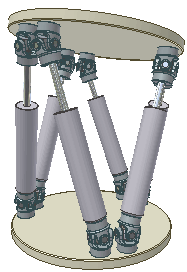
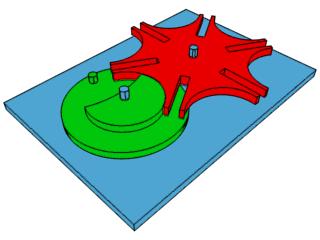
Perpetual Machines(From Wikipedia)
Perpetual motion is the motion of bodies that continues forever in an unperturbed system. A perpetual motion machine is a hypothetical machine that can do work infinitely without an external energy source. Note that this kind of machine is impossible, as it would violate the first or second law of thermodynamics. These laws of thermodynamics apply regardless of the size of the system. Thus, machines that extract energy from finite sources will not operate indefinitely, because they are driven by the energy stored in the source, which will eventually be exhausted. A common example is devices powered by ocean currents, whose energy is ultimately derived from the Sun, which itself will eventually burn out. Machines powered by more obscure sources have been proposed, but are subject to the same inescapable laws, and will eventually wind down.
In 2017, new states of matter, time crystals, were discovered in which on a microscopic scale the component atoms are in continual repetitive motion, thus satisfying the literal definition of "perpetual motion". However, these do not constitute perpetual motion machines in the traditional sense or violate thermodynamic laws because they are in their quantum ground state, so no energy can be extracted from them; they exhibit motion without energy.
Internet Resources
There are excellent resources on the World Wide Web that explain many different mechanisms in use with illustrations and animation. One of the earliest published books dedicated to the subject is Henry Brown's 507 Mechanical Movements: Mechanisms and Devices published in 1908.[See a sample of books]
There are also numerous sites developed by academics, enthusiasts and enterpenuers that present amazing array of designs pertaining to these mechanisms. A very interesting site is a YouTube channel by thang010146 that has 2100 mechanisms illustrated with animations. Below is an example of a Ratchet mechanism.
